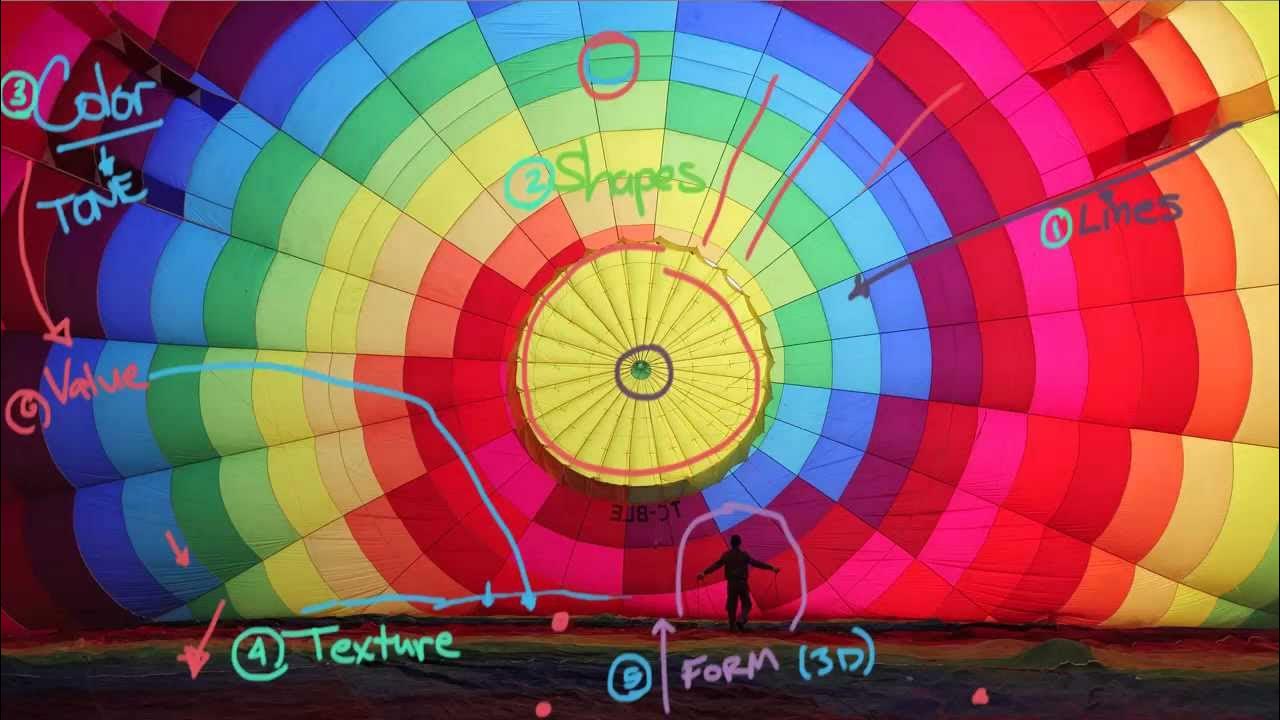The Rule of Thirds in 5 minutes | Creating More Dynamic Framing
Summary
TLDRThe video discusses the rule of thirds, a fundamental concept in photography and cinematography that enhances composition and viewer engagement. Originating from Renaissance painting techniques, it emphasizes positioning the subject along intersecting lines rather than in the center, fostering a dynamic visual conversation. This approach allows viewers to explore the background and connect more deeply with the subject. Key points include the importance of placing the subject's eyes in the top third for emotional resonance and creating space within the frame for viewer analysis. Ultimately, mastering these concepts leads to more compelling and impactful imagery.
Takeaways
- 🎨 The rule of thirds is a crucial concept in photography and cinematography that enhances visual storytelling.
- 🖼️ Originating from Renaissance painters, the rule encourages placing subjects off-center to create a dynamic composition.
- 📏 A frame can be divided into nine equal sections with intersecting lines that guide where to place subjects for maximum engagement.
- 👁️ Positioning subjects on intersecting points generates more visual interest and allows for a conversation between the viewer and the artwork.
- 🚶♂️ Centered subjects can create a static view, while off-center positioning invites the viewer's eye to move through the composition.
- 🌌 Leaving space around the subject enhances context, encouraging viewers to explore the image and connect with it emotionally.
- 👀 The subject's eyes are key to establishing a human connection; placing them in the upper third is generally more effective for engagement.
- 🔄 The rule of thirds is a guiding principle rather than a strict rule; understanding it allows for creative breaks and unique storytelling.
- 🗣️ Dynamic compositions foster a richer dialogue between the artwork and the observer, enhancing overall viewer experience.
- 📚 Mastering the rule of thirds is essential for photographers and filmmakers to create visually compelling and emotionally resonant images.
Q & A
What is the rule of thirds in photography and cinematography?
-The rule of thirds is a compositional guideline that suggests dividing the frame into nine equal parts using two horizontal and two vertical lines, placing points of interest along these lines or at their intersections to create more dynamic and engaging images.
How did the rule of thirds originate?
-The concept dates back to the Renaissance when painters sought to create artworks that emphasized both the subject and the background, leading them to position subjects off-center to foster a more dynamic visual experience.
Why is centering a subject often less effective?
-Centering a subject can result in a static viewing experience with equal distance in all directions, which doesn't encourage viewer engagement or movement of the eye across the image.
What is the significance of placing a subject along the intersecting lines?
-Positioning a subject along the intersecting lines of the rule of thirds encourages a more dynamic interaction with the viewer, allowing for a richer conversation between the artwork and the observer.
How does space around a subject affect viewer perception?
-Creating space around a subject allows viewers to explore the image more freely, fostering engagement and enhancing the narrative conveyed by the visual.
What role do the subject's eyes play in visual storytelling?
-The subject's eyes are crucial for establishing a human connection and conveying emotions, making it essential to position them effectively within the frame.
Where should a subject's eyes ideally be placed in the frame?
-A common guideline is to position the subject's eyes in the top third of the frame for optimal viewer comfort and connection; centering them can create discomfort.
What does the speaker mean by the 'dynamic communication' in an image?
-Dynamic communication refers to the engaging interaction between the viewer and the image, which is enhanced by thoughtful framing that guides the viewer's eye through the composition.
Is the rule of thirds a strict rule?
-No, the rule of thirds is more of a guideline or theory rather than a strict rule, allowing artists the freedom to break it for creative effects.
How can understanding the rule of thirds improve a cinematographer's work?
-Understanding the rule of thirds equips cinematographers with the knowledge to create more compelling and dynamic images, enhancing visual storytelling and viewer engagement.
Outlines

This section is available to paid users only. Please upgrade to access this part.
Upgrade NowMindmap

This section is available to paid users only. Please upgrade to access this part.
Upgrade NowKeywords

This section is available to paid users only. Please upgrade to access this part.
Upgrade NowHighlights

This section is available to paid users only. Please upgrade to access this part.
Upgrade NowTranscripts

This section is available to paid users only. Please upgrade to access this part.
Upgrade NowBrowse More Related Video
5.0 / 5 (0 votes)





